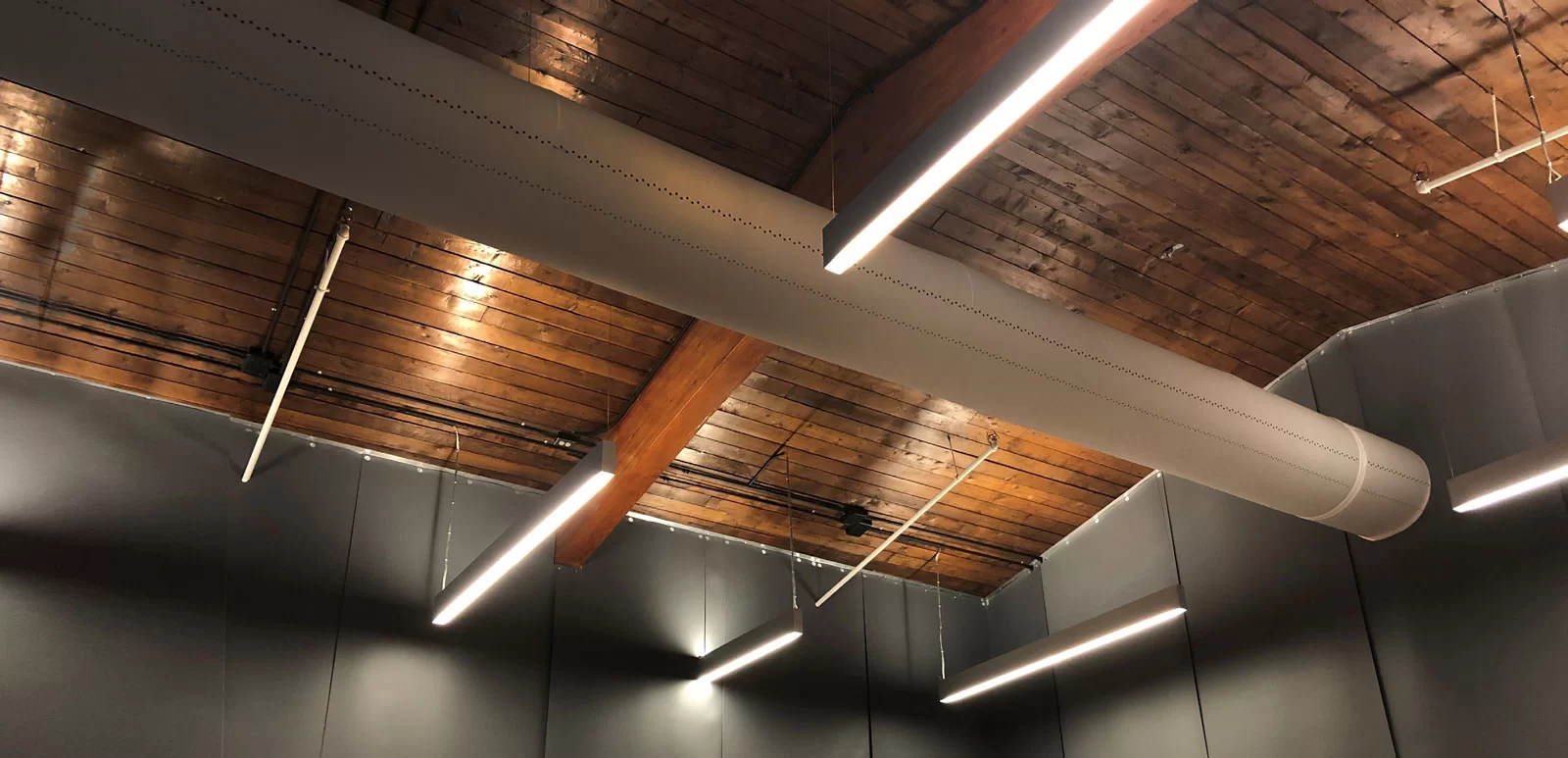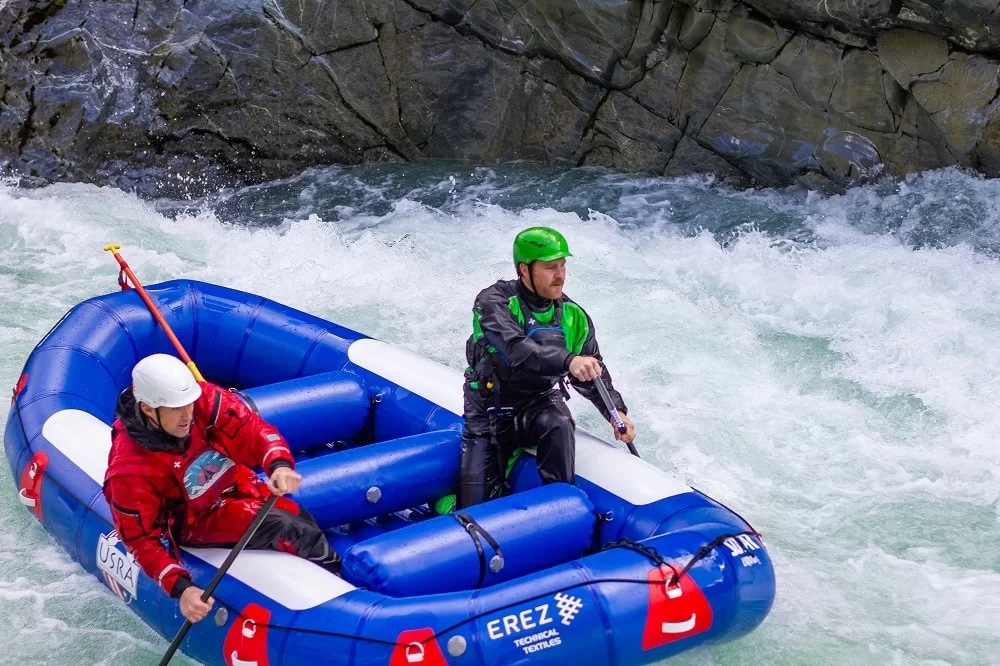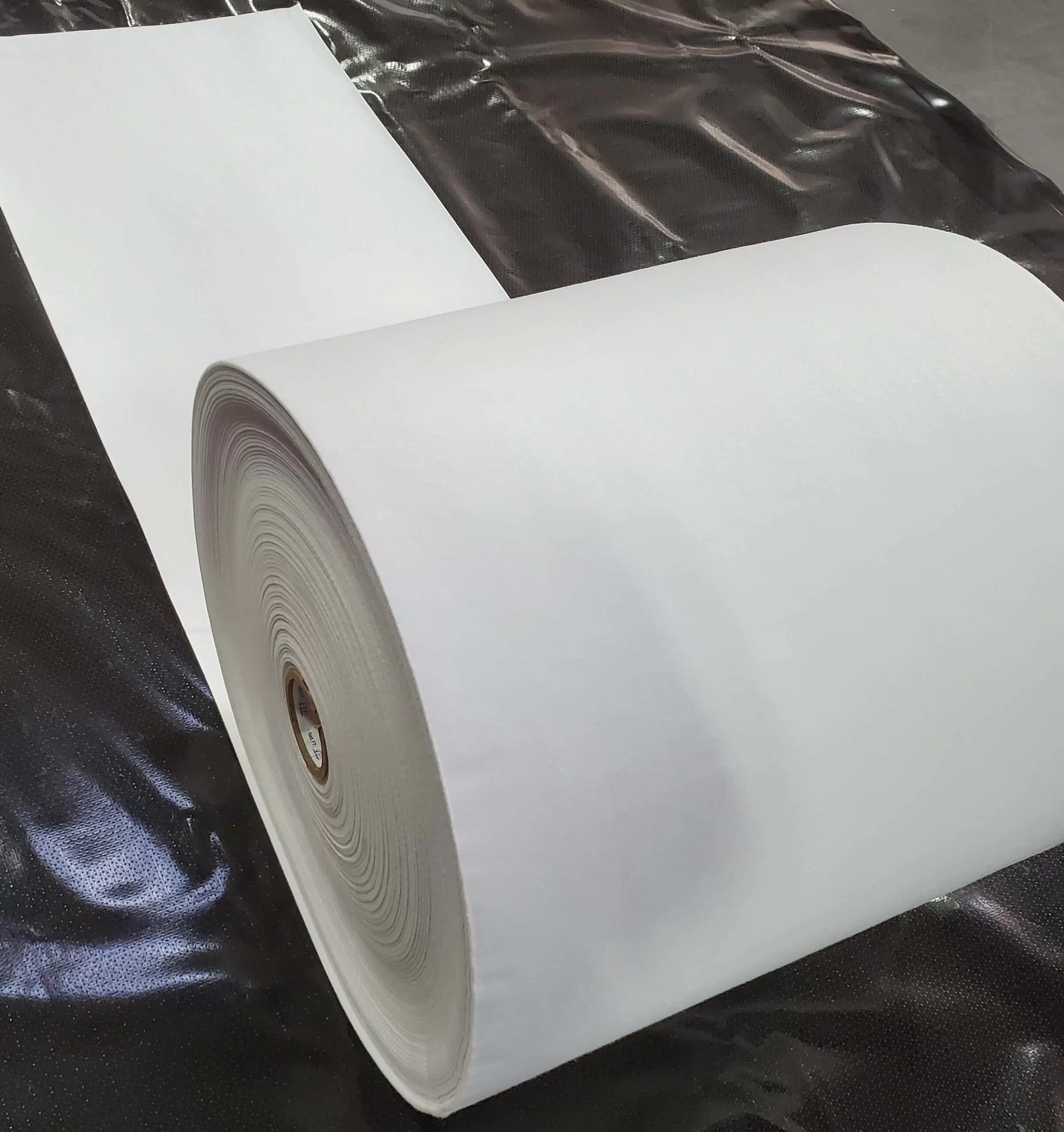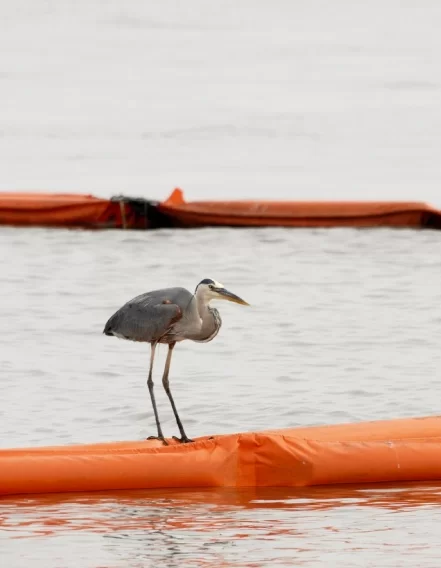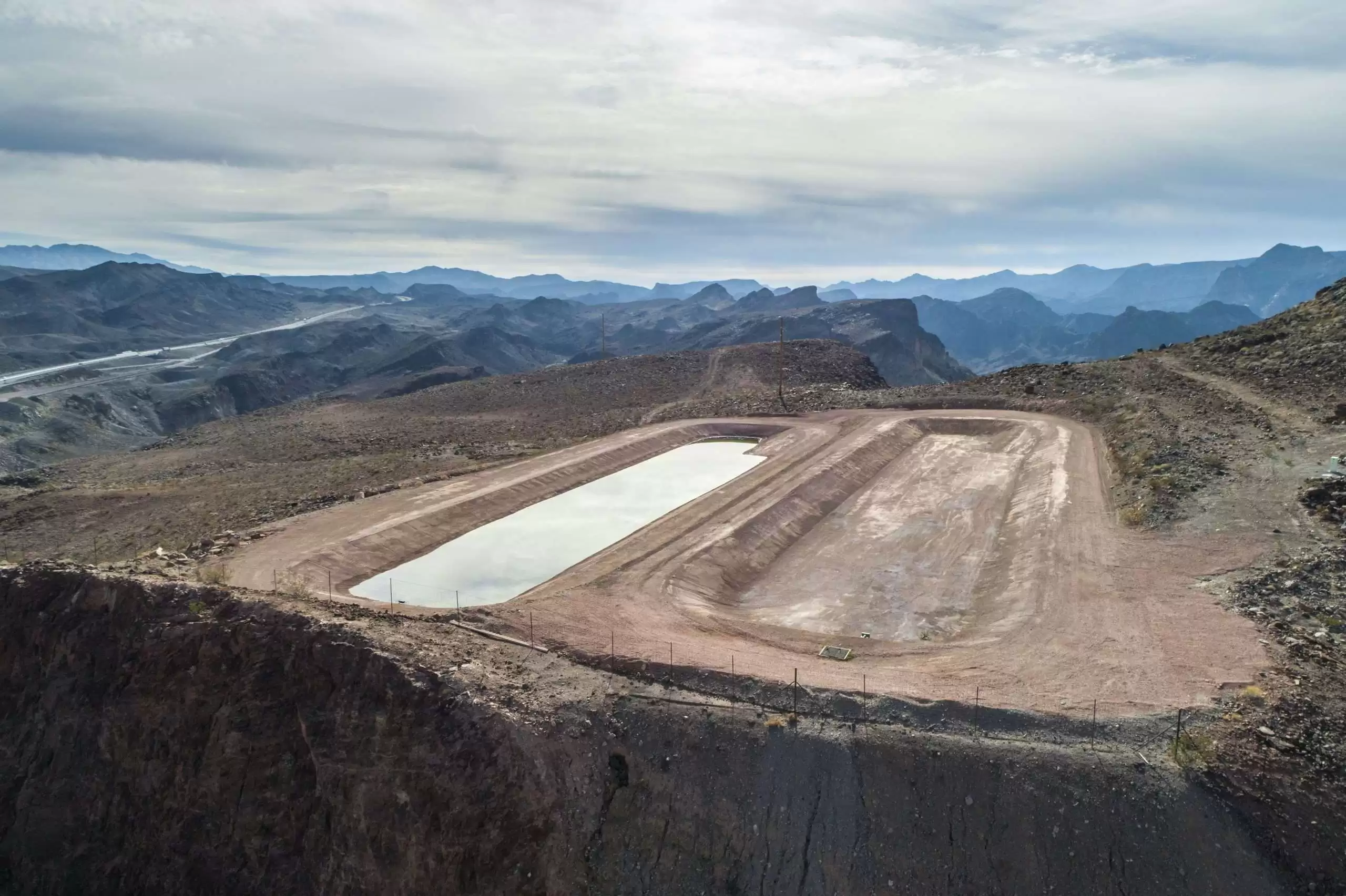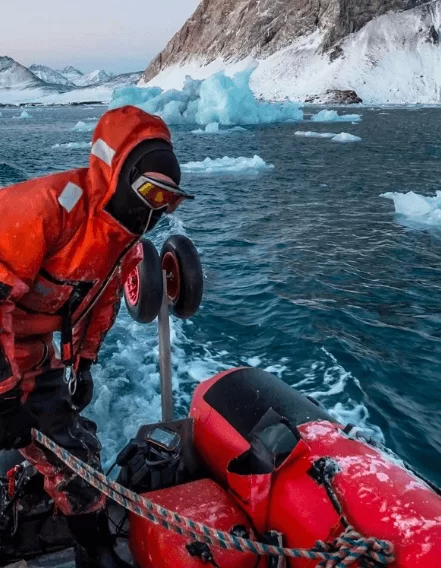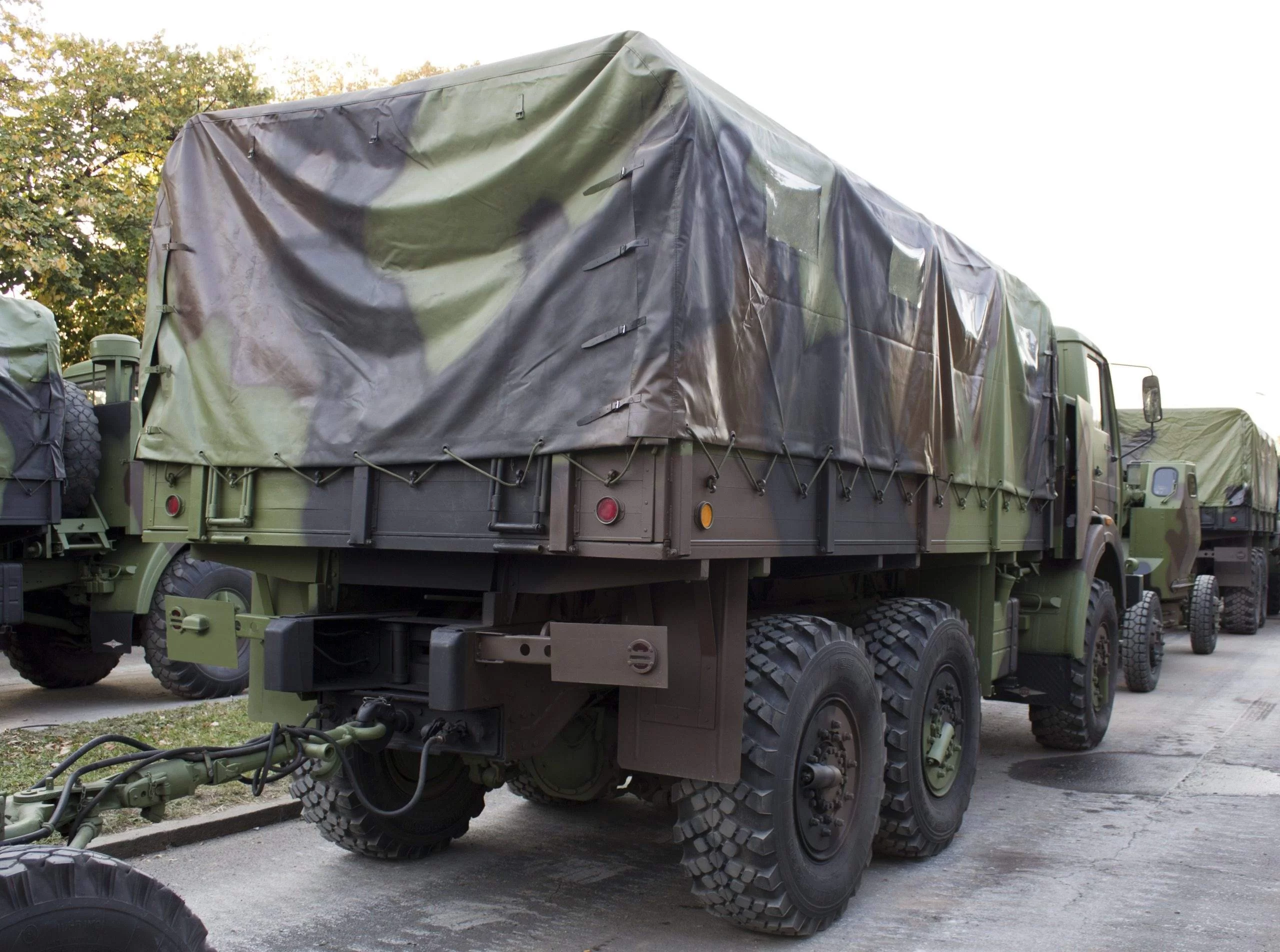Geomembranes are very versatile materials made to withstand extreme temperatures, punctures, stress resistance, and exposure to various elements. In spite of this, it is nevertheless essential to store the materials properly on site before installation to protect them from damage and degradation and maintain their optimum performance.
Table of Contents
Some of the key points to remember when storing geomembranes are:
- Storing the geomembranes away from sunlight to prevent degradation by heat and UV.
- Geomembranes should be stored on prepared surfaces to prevent punctures.
- Geomembrane rolls should be stored on a level surface, the storage area should be dry with a firm base
- Over-stacking rolls could cause damage to the lay-flat properties.
- Geomembrane needs to be shielded against extreme heat, cold, cutting, piercing, and other damaging circumstances.
- Prevention of vandalism and theft is another crucial factor to consider while storing geomembranes at a location.
- When welding together geomembrane panels, the panels should have the same temperature to prevent wrinkling
- Care should be exercised to avoid damage to the geomembrane during transportation, using a front-end loader or other appropriate tool equipped with the required slings should be used on a worksite
Figure: Storage of geomembrane rolls on top of geotextile to prevent damage from underlying material (note the use of nylon slings for lifting). [1]
It is essential to properly store the geomembrane and prepare the installation site for installation so that we can ensure the material will be effective, free of damage, and meets the manufactures specifications. Some of the common recommendations would be:
Natural Factors
Several natural factors can cause geosynthetics to degrade. PVC and EIA geomembranes are formulated to work primarily as a buried application therefore might not have very good UV resistance, therefore storing them under direct sunlight may affect the quality of the product and may affect its long-term effectiveness. Geomembranes must also be stored in a dry environment prior to installation in order to prevent early hydration. Also, we need to consider the stacking of multiple rolls on top of each other for long durations, as the rolls are extremely heavy, and a combination of high heat and pressure would lead to premature degradation of the membranes, also multiple stacking could be unsafe and challenging for site employees to handle.
Temperature Effect
Extreme heat and cold are additional possible hazards to pre-installed geomembranes and seaming materials. Geomembranes are not built for extreme temperature swings and could have catastrophic failures if exposed to very high or low temperatures. At low temperatures, if the PVC or EIA membranes are not secured and protected with soil or water could lead to cracking. Extreme temperatures can also lead to the breakdown and loss of strength qualities in materials like Polyethylene and PVC membranes. Adhesives, primers, and tapes, which are commonly used in geomembrane seaming, are particularly vulnerable to extreme temperature changes. They should be kept in temperature-controlled storage until usage for the best results.
Other storage factors to consider
Geomembrane rolls should be stored on a level surface and it’s important to consider how the site’s climate may affect the rolls’ temperature before they’re ever unrolled. As the liner sits outside, thermal elongation takes place as a result of heat buildup from UV exposure or generally rising temperatures at the construction site. Thermal elongation is a reversible effect and can be controlled. When welding together geomembrane panels, the panels should have the same temperature to avoid wrinkling.
When possible, have materials offloaded in the location they will be stored until deployment and transport the geomembranes to the project site using the most direct method. This can lessen handling and the possibility of damage from other environmental conditions. Additionally, keeping the material near the job site reduces additional handling and the case of damage from heavy machinery.
Keeping the material dry and debris free is very important, if not welding would be a challenge and meeting the seam peel and seam strength requirements would not be possible leading to additional resources required to clean and dry the product, Fabricated panels, when possible, should be stored on pallets off the ground. The storage area should be dry with a firm base.
For additional questions regarding storage and fabrications please contact our technical team.
Reference
[1] September 2018, “Reclamation Managing Water in the West: Design Standards No. 13 Embankment Dams Chapter 20: Geomembranes Phase 4 (Final), U.S Department of the Interior Bureau of Reclamation
[2] Pfaller, M. (2020, October 9). Material storage – it matters! ICS – INTERNATIONAL COVER SYSTEMS. Retrieved January 19, 2023, from https://internationalcoversystems.com/blog/geosynthetic-material-storage-matters/
[3] ASTM Standard D7865-13(2021), “Standard Guide for Identification, Packaging, Handling, Storage, and Deployment of Fabricated Geomembrane Panels”, ASTM International, West Conshohocken, PA, 2003, DOI: 0.1520/D7865-13R21, www.astm.org
[4] Ait, M. (2021, June 24). Geomembrane Explained. Industrial Plastics. https://industrialplastics.com.au/geomembrane-explained/
[5] Kelsey, C. (2020, October 15). Best Practices for Minimizing Geomembrane Wrinkling. Geosynthetica. https://www.geosynthetica.com/minimizing-geomembrane-wrinkling-tarnowski/
[6] 2021, August 12, “Guideline for Desert Installation of Fabricated Geomembrane Panels Fabricated Geomembrane Institute”, Fabricated Geomembrane Institute

